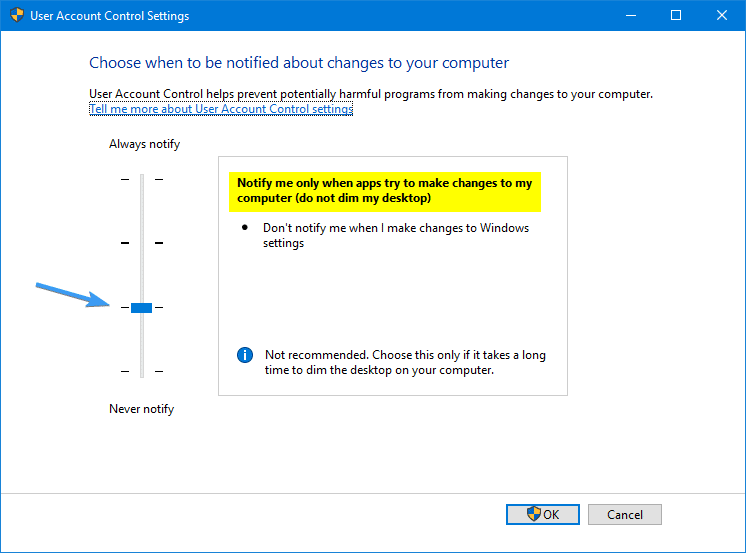Originally posted by bug77
View Post
OpenGL extensions are... extensions, you can do without them (when they are introduced anyway) and it will be fine. If everyone uses them they get selected and integrated in core OpenGL spec and become mandatory.
Note how (vendor-created) extensions become mandatory AFTER everyone uses them, not AT INTRODUCTION.
EGLStreams is mandatory at introduction (for NVIDIA hardware) while only NVIDIA uses it. Yes it is technically generic and therefore better than CUDA or NVsomething API for media acceleration that can only be used by NVIDIA hardware, but it's still something none asked for and none else is using or even planning to use.
It's taking more than a fucking decade to migrate everything to Wayland already, if someone starts fondling with core components of the system again when will the Year of the Linux Desktop come?





Comment